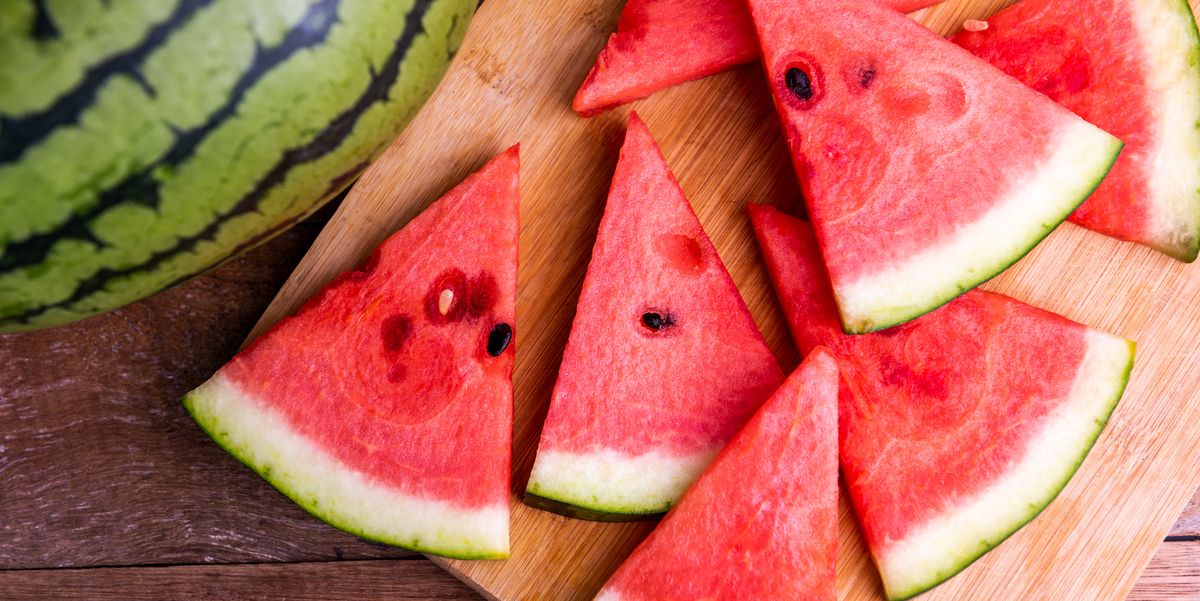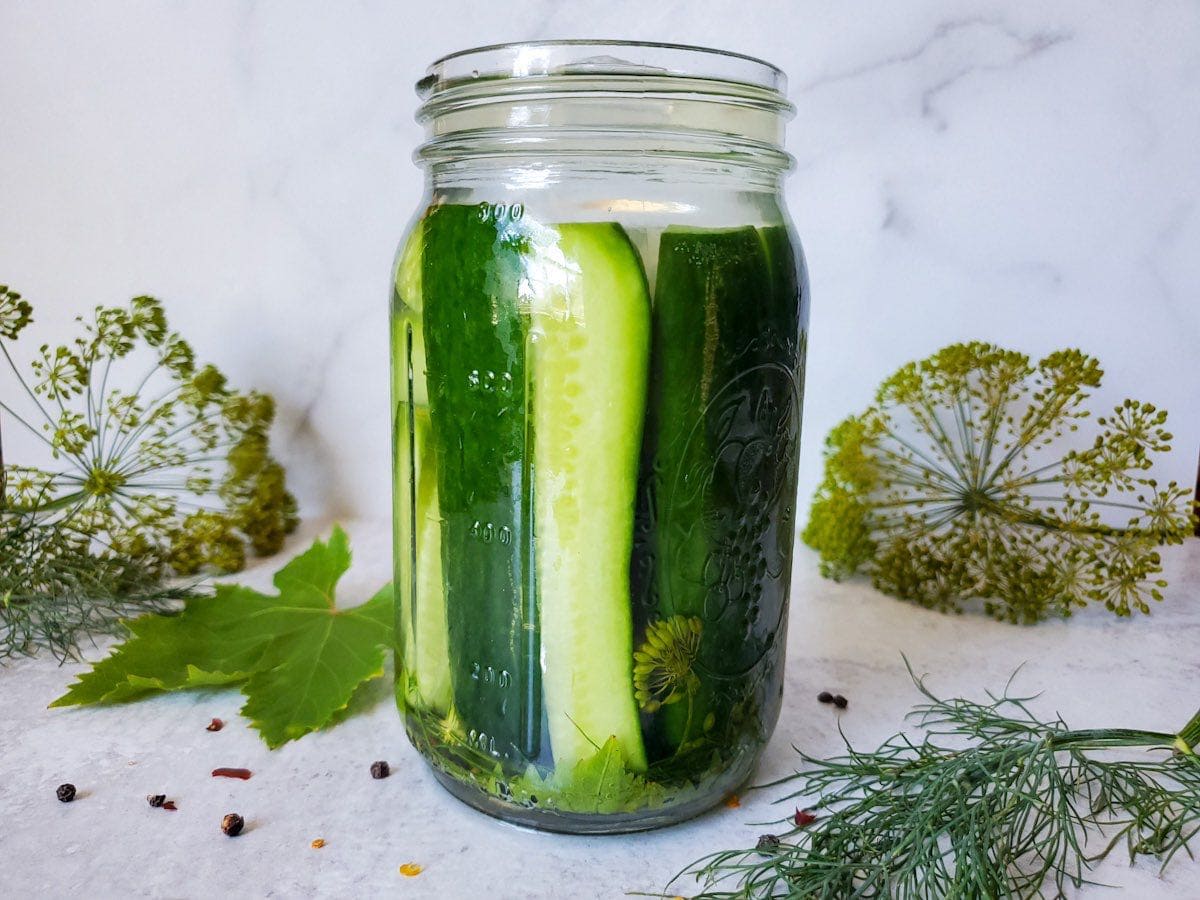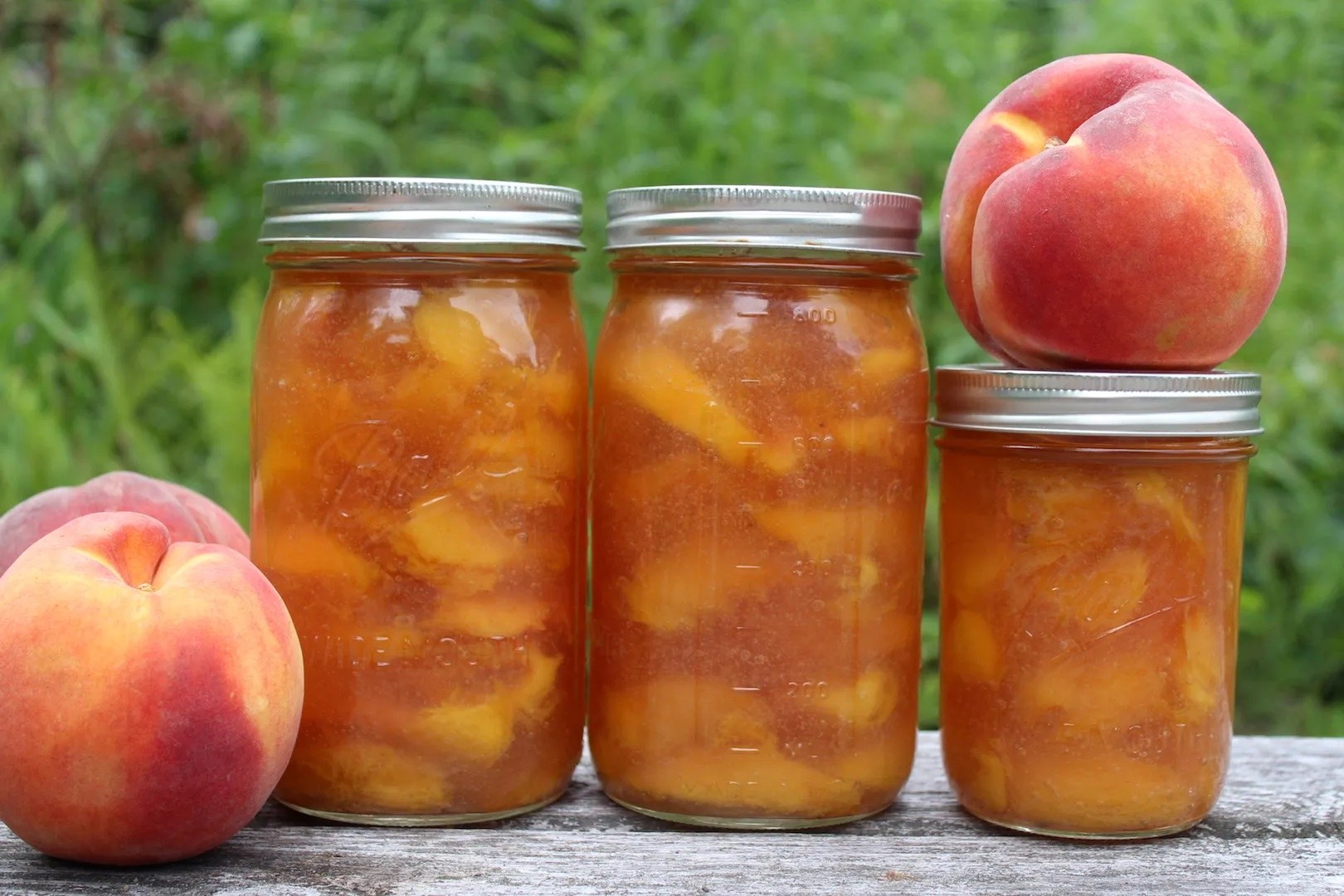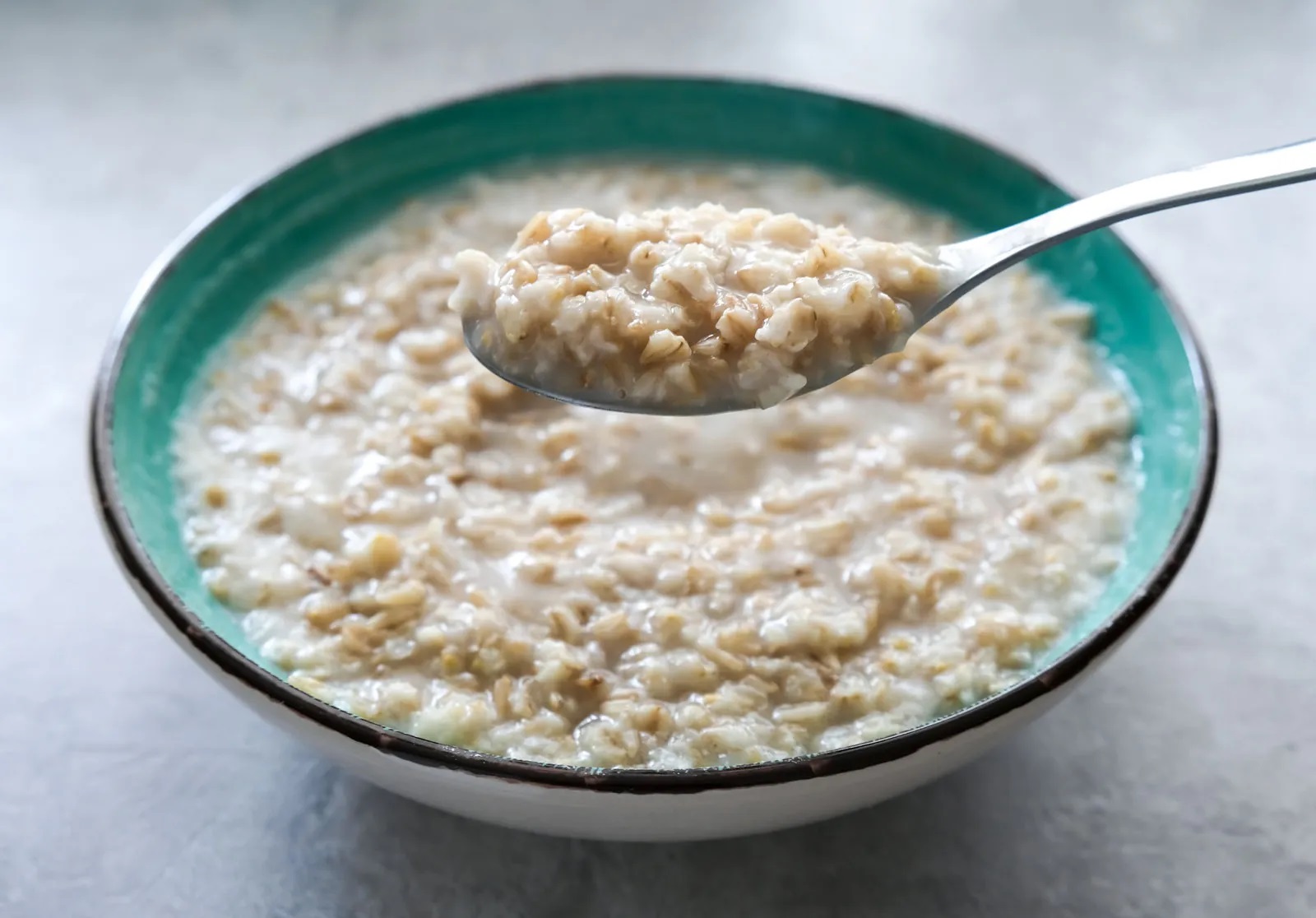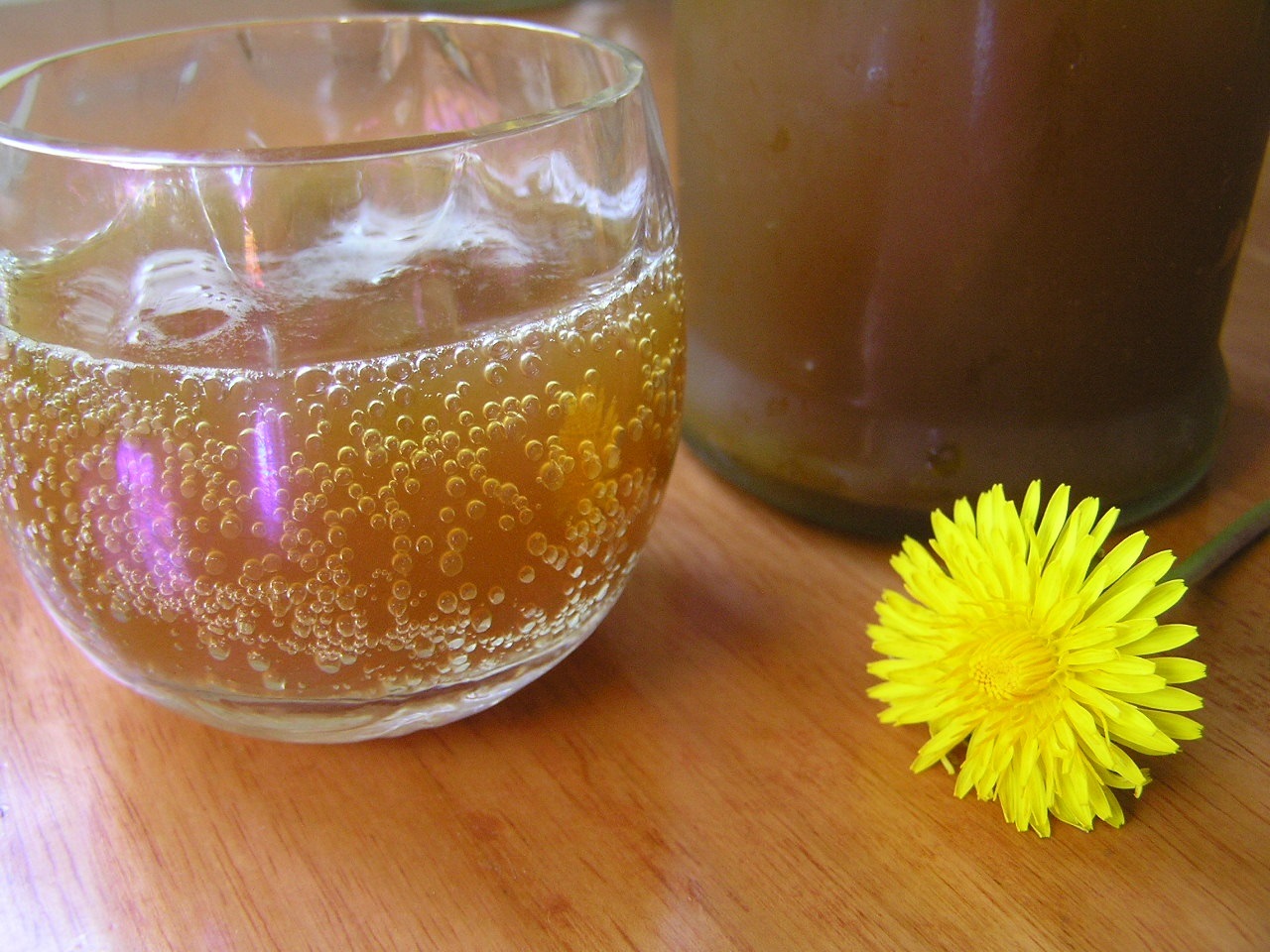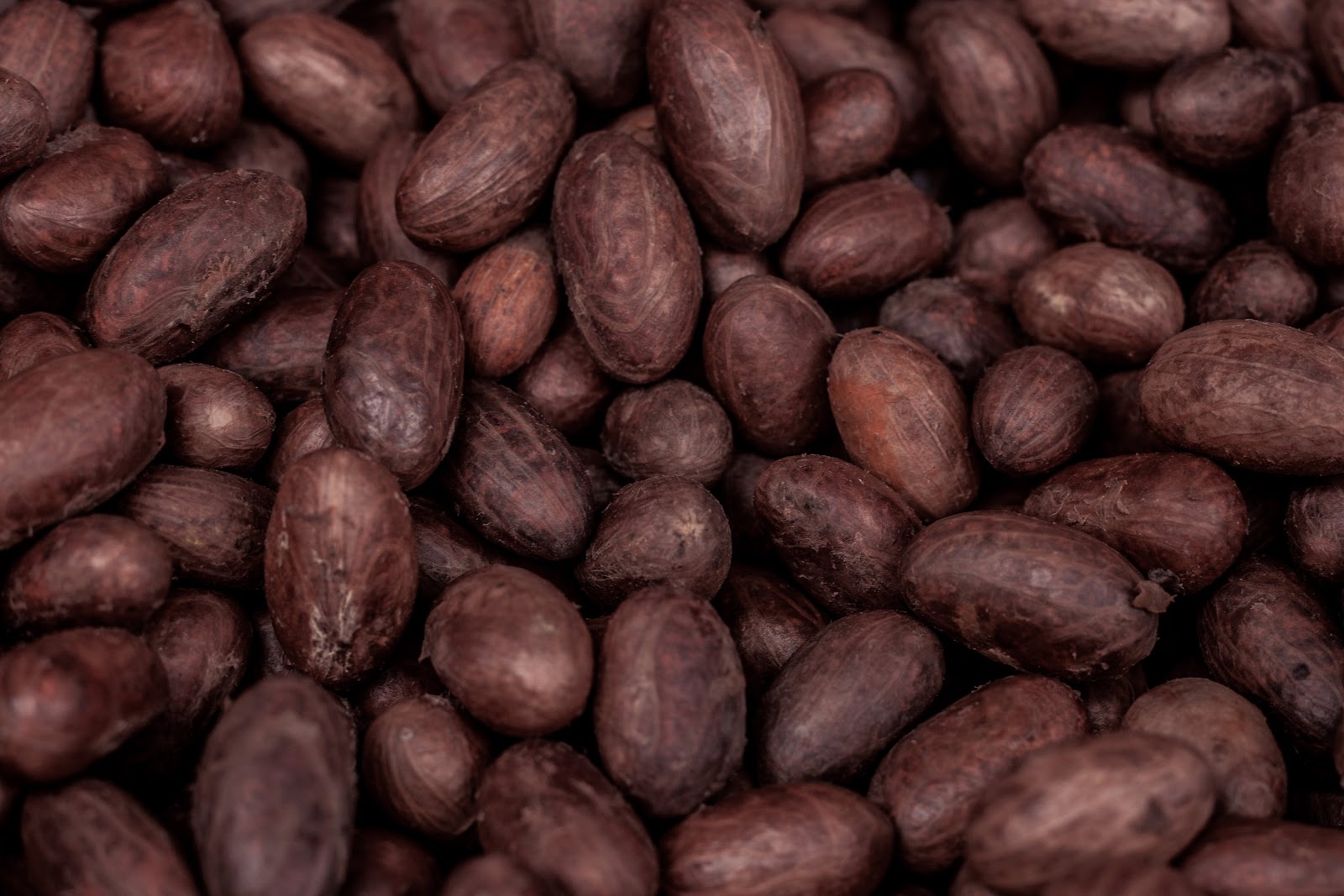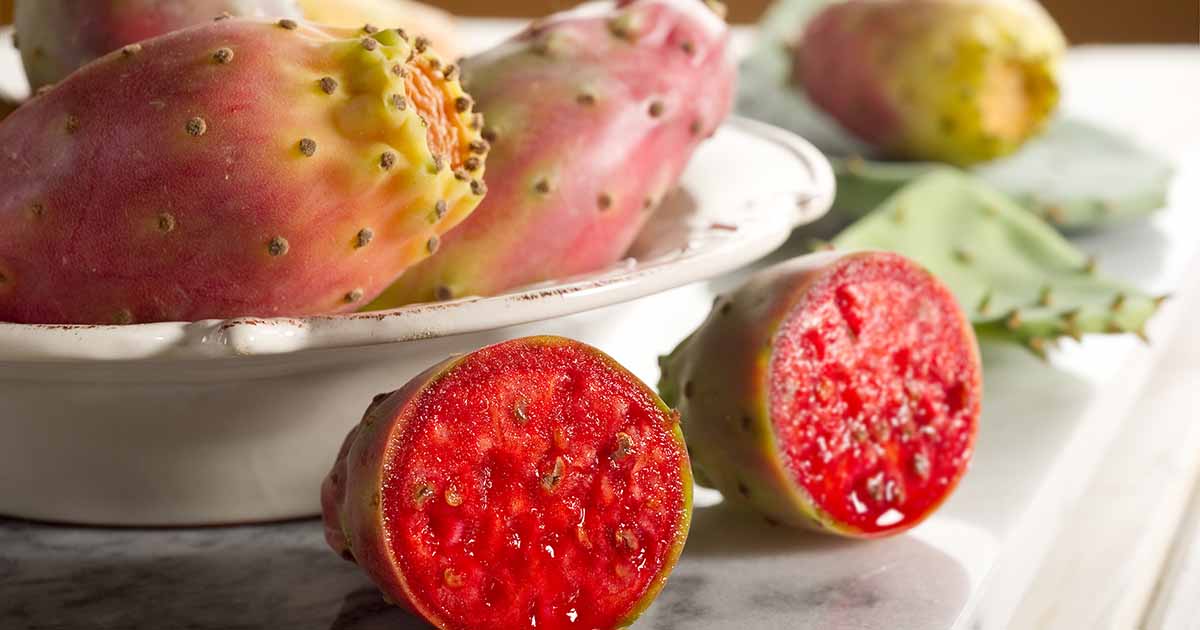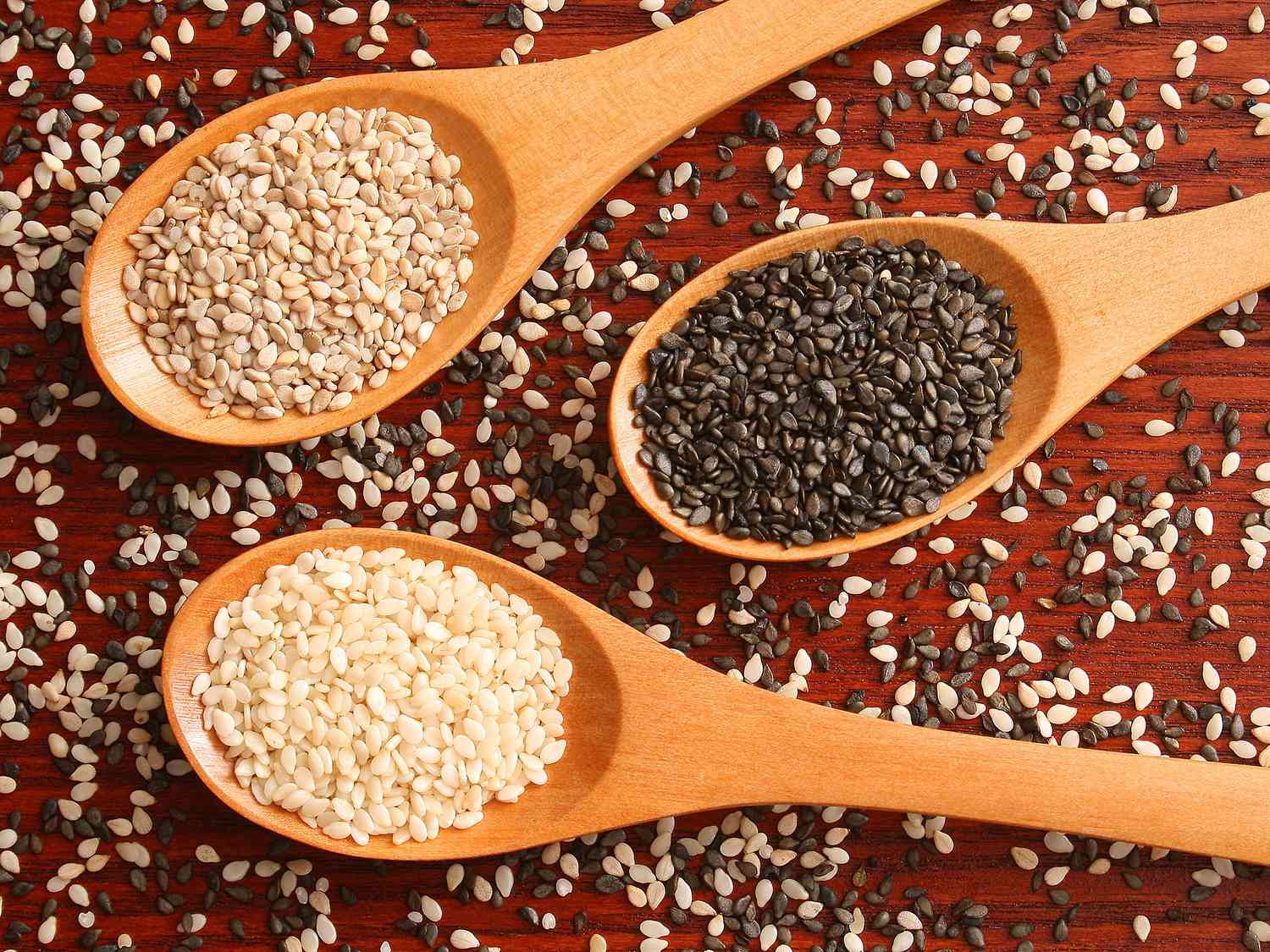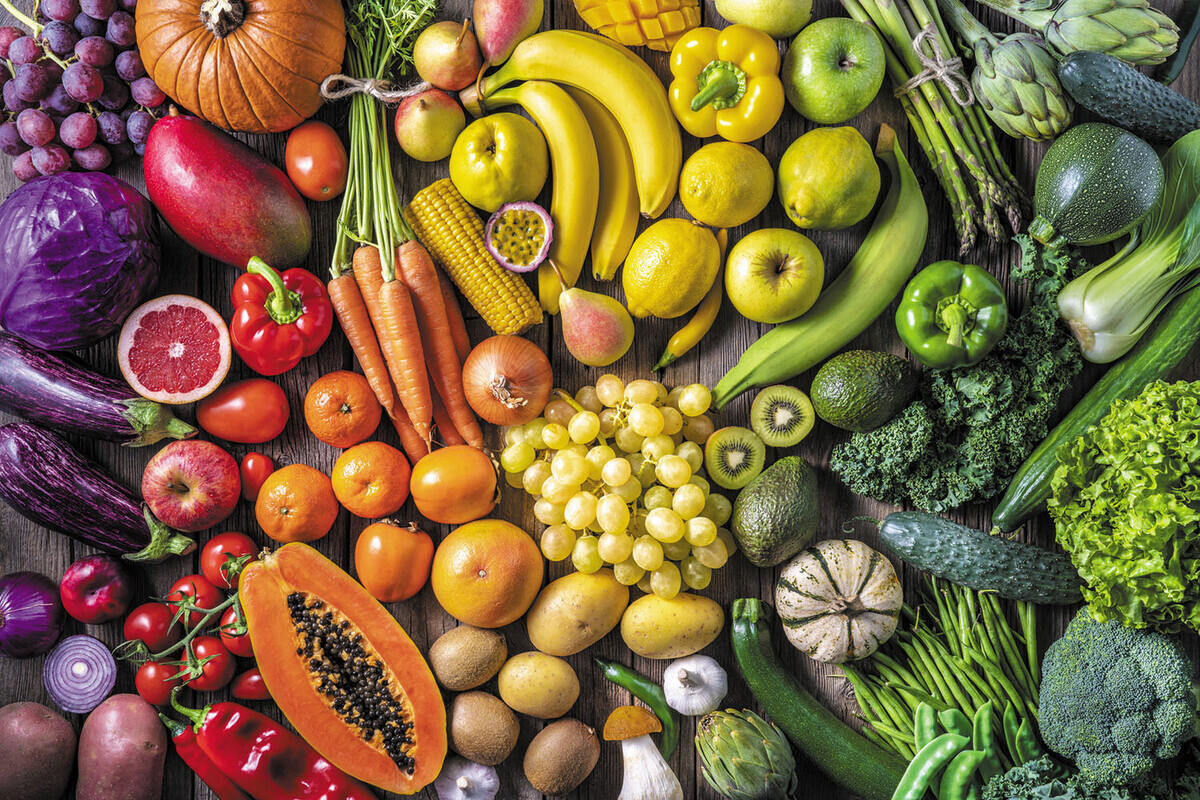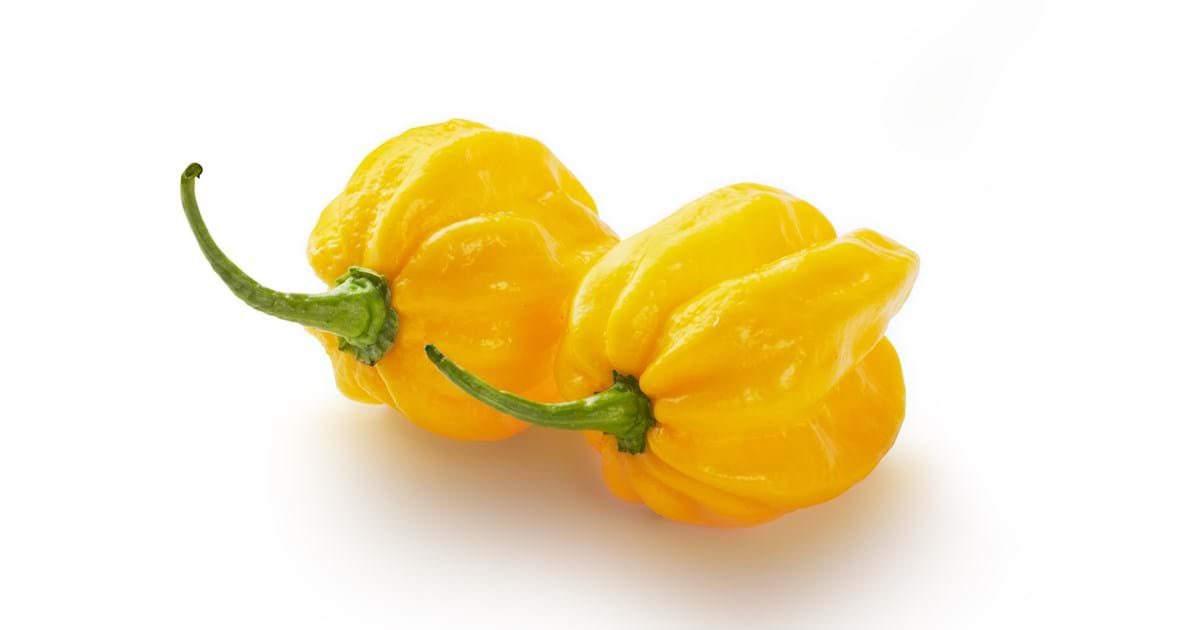Unlocking the Magic of Fermenting Fruits
Welcome to the wonderful world of fermenting fruits! Fermentation is a natural process that transforms the flavor and texture of fruits, creating unique and delicious treats. Whether you’re a seasoned fermenter or a beginner looking to explore the world of fermentation, this guide will walk you through the steps to fermenting your favorite fruits.
Choosing the Right Fruit
The first step in fermenting fruits is to choose the right fruit. While almost any fruit can be fermented, some fruits are better suited for the process than others. Fruits with high sugar content, such as apples, grapes, and berries, are ideal for fermentation. When selecting your fruit, make sure it is ripe, fresh, and free from any bruises or blemishes.
Preparing the Fruit
Once you’ve selected your fruit, it’s time to prepare it for fermentation. Start by washing the fruit thoroughly to remove any dirt or residue. Depending on the type of fruit, you may need to peel, core, or chop it into smaller pieces. For berries or small fruits, simply rinse them and remove any stems or leaves.
Creating the Fermentation Environment
Now that your fruit is prepared, it’s time to create the perfect environment for fermentation. You’ll need a clean, airtight container to ferment the fruit in. Mason jars or fermentation crocks work well for this purpose. Make sure the container is thoroughly cleaned and sanitized before adding the fruit.
Adding the Sweetness
Fermentation requires a source of sugar for the beneficial bacteria and yeast to feed on. If your fruit is not very sweet, you may need to add a sweetener such as honey or sugar to kickstart the fermentation process. This step is crucial for ensuring that the fermentation process is successful.
Bringing in the Probiotics
Probiotics are the key players in the fermentation process, responsible for breaking down the sugars in the fruit and creating the unique flavors and textures. You can introduce probiotics by adding a small amount of a fermented liquid, such as whey or brine from a previous batch of fermented fruits or vegetables. This will help to inoculate the fruit with the beneficial bacteria needed for fermentation.
Allowing the Magic to Happen
Once all the ingredients are in place, it’s time to let nature take its course. Seal the container with an airtight lid and store it in a cool, dark place. Check on the fruit regularly to monitor the fermentation process and release any built-up gases. Depending on the type of fruit and the ambient temperature, fermentation can take anywhere from a few days to a few weeks.
Enjoying the Fruits of Your Labor
After the fermentation process is complete, it’s time to enjoy the fruits of your labor. The fermented fruit can be enjoyed on its own as a tangy snack or used as a flavorful addition to dishes such as salads, yogurt, or smoothies. Be sure to store the fermented fruit in the refrigerator to slow down the fermentation process and preserve its flavor and texture.
Now that you’ve mastered the art of fermenting fruits, the possibilities are endless. Experiment with different fruits, sweeteners, and flavorings to create your own unique fermented fruit creations. Happy fermenting!
Was this page helpful?
Read Next: How To Ferment Frozen Peaches
